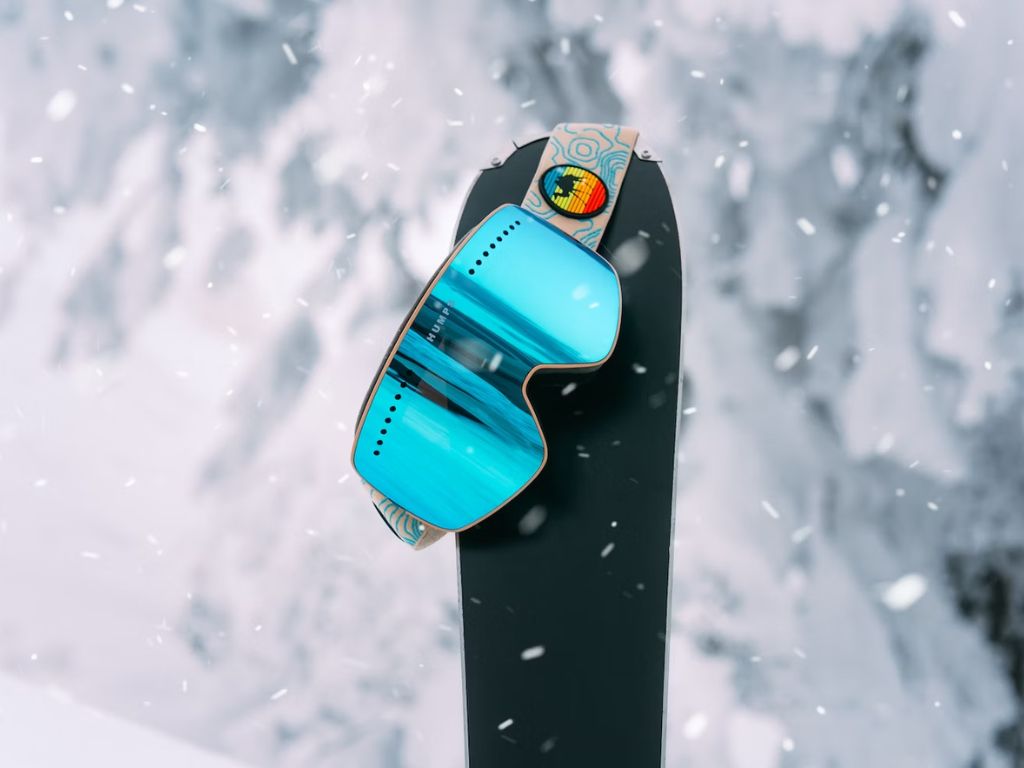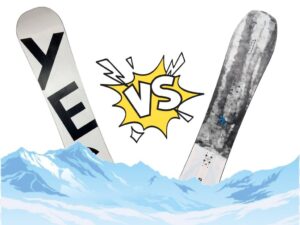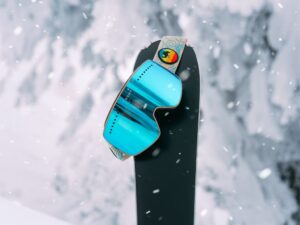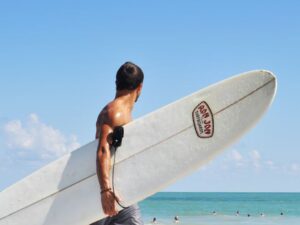As you prepare for your first (or maybe next) snowboarding adventure, an important decision can greatly impact your experience: choosing the right snowboard shape.
The perfect snowboard shape can make all the difference, unlocking your true potential and enhancing your riding experience. Unfortunately, the vast array of snowboard shapes can be incredibly overwhelming.
From directional shapes designed for stability and control to twin shapes built for freestyle tricks, there’s a shape tailored to match your unique riding style, preferred terrain, and skill level. But how can you figure out which of these is THE ONE?
Well, that’s why I’m here. In this guide, I’m gonna help you choose the best snowboard for your specific style, weight, and height so you can enjoy the white powder to your heart’s content.
What do different shapes of snowboards mean?
Regarding snowboard shapes, it’s essential to have a solid understanding of the options available. The type of shape you choose can greatly impact your riding experience.
To give you some context, these shapes can be categorized into directional, twin, and directional twins.
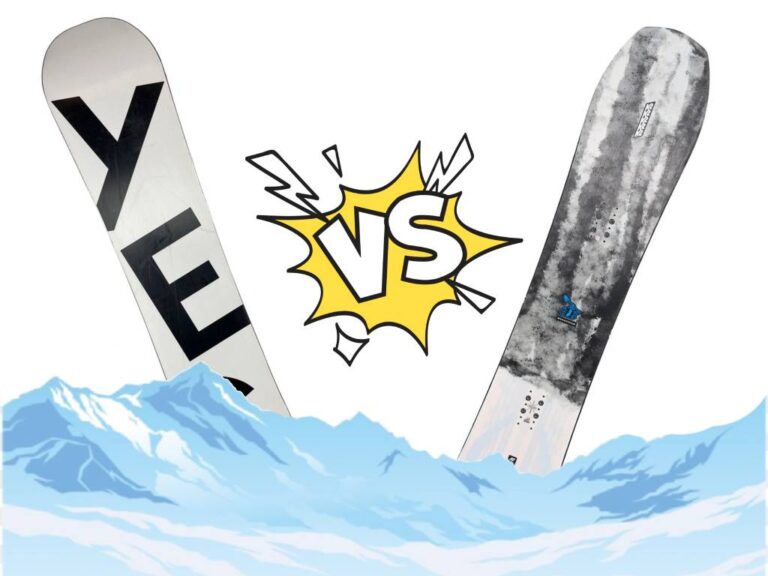
1. Directional Snowboards
Imagine cruising down a wide-open groomed run, feeling in control, and effortlessly gliding through the snow. That’s where directional snowboard shapes shine.
With distinct noses and tails, directional boards are designed to excel when ridden primarily in one direction. The nose is usually longer, wider, and more tapered than the tail. It provides better stability and enhanced control, making it ideal for all-mountain riders.
One of the biggest pros is their ability to handle various snow conditions. The asymmetrical design caters to the natural stance of riders. Directional shapes suit those who cruise high speeds, carve wide turns, and tackle challenging terrain.
2. Twin Snowboards
Picture yourself in the terrain park, launching off jumps, spinning through the air, and effortlessly landing with style. That’s where twin snowboard shapes excel the most.
These boards are symmetrical from tip to tail, with an identical shape and flex pattern. The bindings are centered on the board, allowing riders to ride switch (with the opposite foot forward) just as comfortably as riding regular.
Twin shapes are synonymous with freestyle riding and offer exceptional maneuverability and versatility. Whether you’re hitting jumps, jibbing on rails, or perfecting your tricks in the halfpipe, twin boards provide the freedom and stability needed for freestyle creativity.
Note that while twin shapes excel in the park and freestyle riding, they’re not limited to it. They can still perform well on groomed runs and handle various conditions.
3. Directional Twin Shapes
What if you desire the best of both worlds—the versatility of a twin shape and the stability of a directional shape?
Directional twin boards offer a symmetrical shape similar to twin boards, with an identical nose and tail. However, the stance on a directional twin is usually slightly set back, favoring the nose slightly. This subtle change provides enhanced control and stability at higher speeds.
The flex pattern of a directional twin is often more balanced, providing a blend of responsiveness and playfulness. This makes it a great option for riders who enjoy freestyle riding and mountain exploration.
Whether hitting jumps and rails in the park or carving down groomed runs, a directional twin shape offers the versatility and performance to tackle different terrain types.
How to choose the ideal snowboarding shape?
1. Riding Style
Your riding style plays the most crucial role in determining the shape of your snowboard.
If you’re a freestyle enthusiast who spends most of your time in the terrain park, a twin or directional twin shape with a rocker profile can provide the playfulness and maneuverability you require.
On the other hand, if you enjoy charging down groomed runs and carving aggressive turns, a directional shape with a camber or hybrid profile may be more suitable.
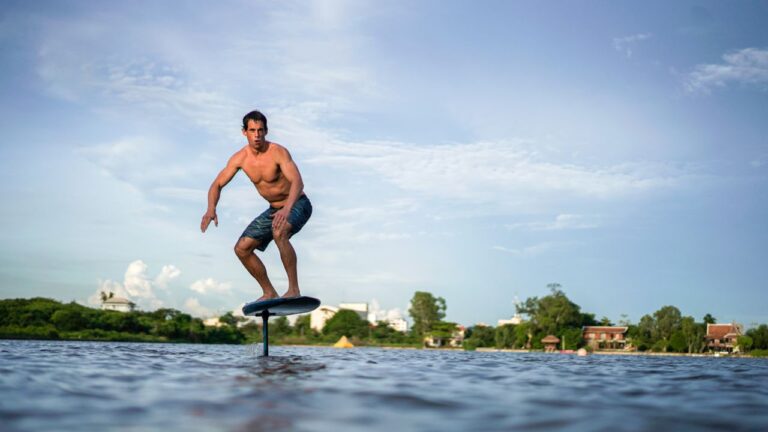
2. Terrain Preference
Consider the type of terrain you typically ride and the conditions you encounter. If you predominantly ride powder or off-piste terrain, a directional shape with a rocker or hybrid profile offers better floatation and maneuverability.
For those who enjoy riding on groomed runs and icy conditions, a camber or hybrid shape with added edge hold can provide the stability and control necessary for aggressive carving and speed.
3. Skill Level
Beginners often find rocker or hybrid shapes more forgiving and easier to control, as they offer a more catch-free ride.
Intermediate and advanced riders, who have developed their skills and are looking for more performance, may prefer camber or hybrid shapes that offer better edge hold, responsiveness, and pop.
4. Length of the Board
Generally, shorter boards are more maneuverable and easier to control, making them suitable for beginners or riders who prioritize park and freestyle riding.
Longer boards provide stability, better floatation in powder, and increased speed, making them ideal for riders who enjoy carving, high-speed runs, and all-mountain riding.
| Height (in) | Weight (lbs) | Gender | Board Length (cm) |
| 4’10” – 5’2″ | < 120 | Female | 134 – 138 |
| 5’0″ – 5’4″ | 110 – 140 | Female | 138 – 142 |
| 5’2″ – 5’6″ | 120 – 150 | Female | 140 – 144 |
| 5’4″ – 5’8″ | 130 – 160 | Female | 142 – 146 |
| 5’6″ – 5’10” | 140 – 180 | Female | 144 – 148 |
| 5’8″ – 6’0″ | 150 – 200 | Female | 146 – 150 |
| 6’0″ – 6’2″ | 160 – 210 | Female | 148 – 152 |
| 5’2″ – 5’6″ | < 130 | Male | 136 – 140 |
| 5’4″ – 5’8″ | 140 – 160 | Male | 138 – 142 |
| 5’6″ – 5’10” | 150 – 180 | Male | 140 – 144 |
| 5’8″ – 6’0″ | 160 – 190 | Male | 142 – 146 |
| 5’10” – 6’2″ | 170 – 210 | Male | 144 – 148 |
| 6’0″ – 6’4″ | 180 – 220 | Male | 146 – 150 |
| 6’2″ – 6’6″ | 190 – 230 | Male | 148 – 152 |
5. Width of the Board
To avoid “toe drag” or the risk of catching your boots on the snow during turns, you gotta choose a board with an appropriate width. Narrow boards can cause discomfort and affect performance, so it’s important to select a board width that allows for proper toe and heel clearance.
| Boot Size (US Men’s) | Gender | Board Width (mm) |
| 5 – 7.5 | Female | 235 – 245 |
| 7 – 9.5 | Female | 240 – 250 |
| 8 – 10.5 | Female | 245 – 255 |
| 9 – 11.5 | Female | 250 – 260 |
| 10 – 12.5 | Female | 255 – 265 |
| 11 – 13.5 | Female | 260 – 270 |
| 12 – 14.5 | Female | 265 – 275 |
| 6 – 8 | Male | 245 – 255 |
| 7 – 9.5 | Male | 250 – 260 |
| 8 – 10.5 | Male | 255 – 265 |
| 9 – 11.5 | Male | 260 – 270 |
| 10 – 12.5 | Male | 265 – 275 |
| 11 – 13.5 | Male | 270 – 280 |
| 12 – 14.5 | Male | 275 – 285 |
6. Effective Edge
The effective edge refers to the length of the snowboard’s edge that makes contact with the snow during turns.
A longer effective edge provides increased stability, edge hold, and control. This is advantageous for riders who prioritize aggressive carving and high-speed stability. Shorter effective edges offer enhanced maneuverability and playfulness, making them ideal for park and freestyle riding.
7. Flex
The flex of a snowboard refers to its stiffness or softness.
Stiffer boards offer more stability and responsiveness, making them suitable for aggressive carving and high-speed riding. Softer boards provide a more forgiving and playful feel, making them easier to press, butter, and initiate turns.
8. Base Materials
Snowboard bases can be made of different materials, such as sintered or extruded bases.
Sintered bases are typically faster and more durable, making them ideal for riders who prioritize speed and longevity. Extruded bases are easier to maintain and repair, making them suitable for beginners or riders who primarily ride in park or urban environments.
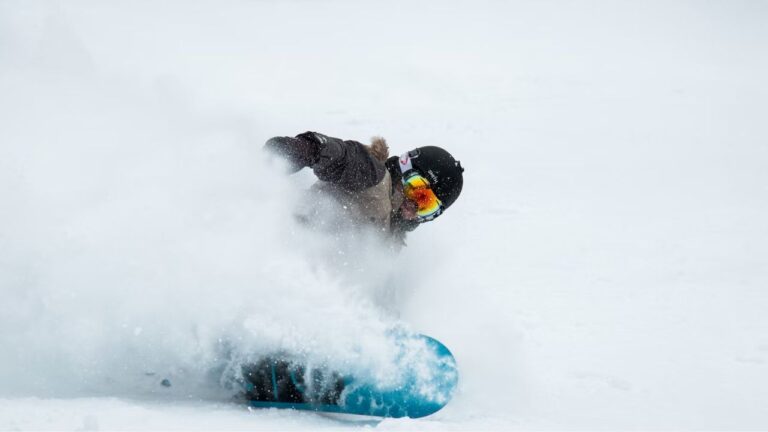
9. Snowboard Profiles
The choice between camber, rocker, or hybrid profiles comes down to personal preference and riding style.
Camber provides excellent edge hold, responsiveness, and pop but can be less forgiving for beginners. Rocker offers a more forgiving, playful feel, and better floatation in powder but may sacrifice some edge hold on hard-packed snow.
If you need more info, don’t worry, let’s discuss snowboarding profiles in detail next.
Snowboard Profiles Explained
1. Camber
It’s one of the oldest and most traditional snowboard profiles. The board has a slight arch between the bindings in a camber shape, with the contact points on the snow near the tip and tail.
Camber shapes are known for their exceptional edge hold, pop, and responsiveness. When you apply pressure, the board’s profile allows it to engage more of its edge. This makes camber boards ideal for carving powerful turns and precise edge-to-edge transitions.
However, camber boards can be less forgiving and more challenging to control for beginners. The pronounced arch requires more effort to initiate turns and may feel unstable for riders who have yet to become accustomed to the shape.
2. Rocker
It’s the opposite of camber, also known as reverse camber or banana shape. In a rocker profile, the board curves upward, with the contact points near the center of the board. This design results in a more playful, forgiving, and maneuverable board.
Rocker shapes excel in powder snow and soft conditions. The lifted nose and tail provide excellent floatation. The profile also makes turn initiation easier, particularly for beginners, as the board feels more forgiving and less likely to catch an edge.
That said, one drawback is the reduced edge hold on hard-packed snow and icy conditions. The lack of camber can make carving aggressive turns and maintaining stability at high speeds more challenging.
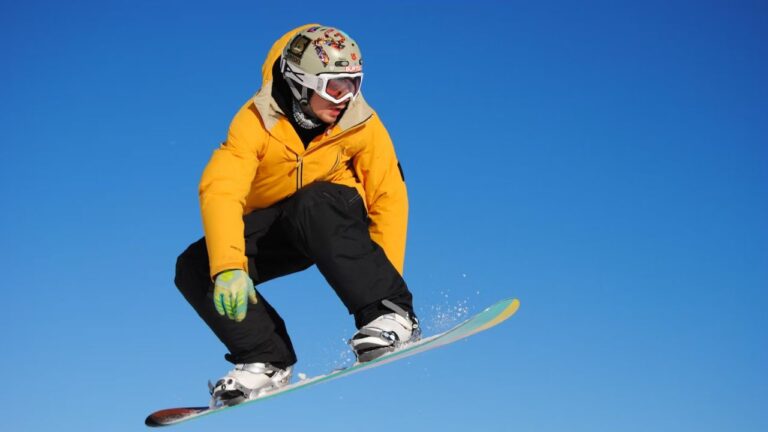
3. Hybrid
Camber-rocker hybrid shapes feature camber between the bindings for added edge hold and pop, while the tip and tail have a rocker profile for improved floatation and maneuverability. This combination benefits both profiles, allowing riders to carve aggressively, maintain stability, and enjoy a more forgiving and playful feel.
In comparison, rocker-camber-rocker hybrids have rocker sections near the tip and tail, with a central camber section. This configuration offers excellent floatation in powder, enhanced edge hold, and increased pop.
4. Camber vs Rocker: What’s the difference?
Here’s a table to highlight some differences:
| Camber | Rocker | |
| Shape | Slight arch with contact points near the tip and tail | Curved upward shape with contact points closer to the center |
| Edge Hold | Excellent edge hold on hard-packed snow and icy conditions | Reduced edge hold on hard-packed snow, but better in powder |
| Stability | Provides stability and responsiveness, especially at high speeds | Offers a more forgiving and playful feel, but may feel less stable at high speeds |
| Turn Initiation | Requires more effort to initiate turns | Easier to initiate turns, particularly for beginners |
| Floatation | Less floatation in powder due to the contact points near the tip and tail | Enhanced floatation in powder due to the lifted nose and tail |
| Maneuverability | Provides precise and aggressive carving ability | Offers enhanced maneuverability and easier trick execution |
| Terrain Preference | Suitable for groomed runs, carving, and aggressive riding | Ideal for freestyle riding, park, and powder conditions |
Expert QnA
Q. What to look for when buying a snowboard for beginners?
Generally speaking, a true twin shape snowboard with a softer flex is ideal for beginners. The board should come up to somewhere between the rider’s chin and shoulder for the size. This ensures better control and maneuverability while building confidence on the slopes.
Q. Are camber boards good for beginners?
Camber boards are generally suitable for beginners. With their slight arch and upward curve in the middle, Camber boards provide excellent edge hold, responsiveness, and pop. This can benefit riders who want to focus on carving and precision riding.
Q. Which snowboard shape is best for beginners?
Beginners often find a twin shape snowboard the most forgiving and versatile. It’s the symmetrical design, and balanced flex makes it easier to control, whether riding regularly or switching. It allows beginners to progress comfortably and experiment with different riding styles.
Q. What shape is ideal for riding in powder?
A directional shape with a setback stance and a rockered or hybrid profile is typically recommended for riding in powder. These features help the board float on top of the snow and provide better maneuverability in deep powder conditions.

